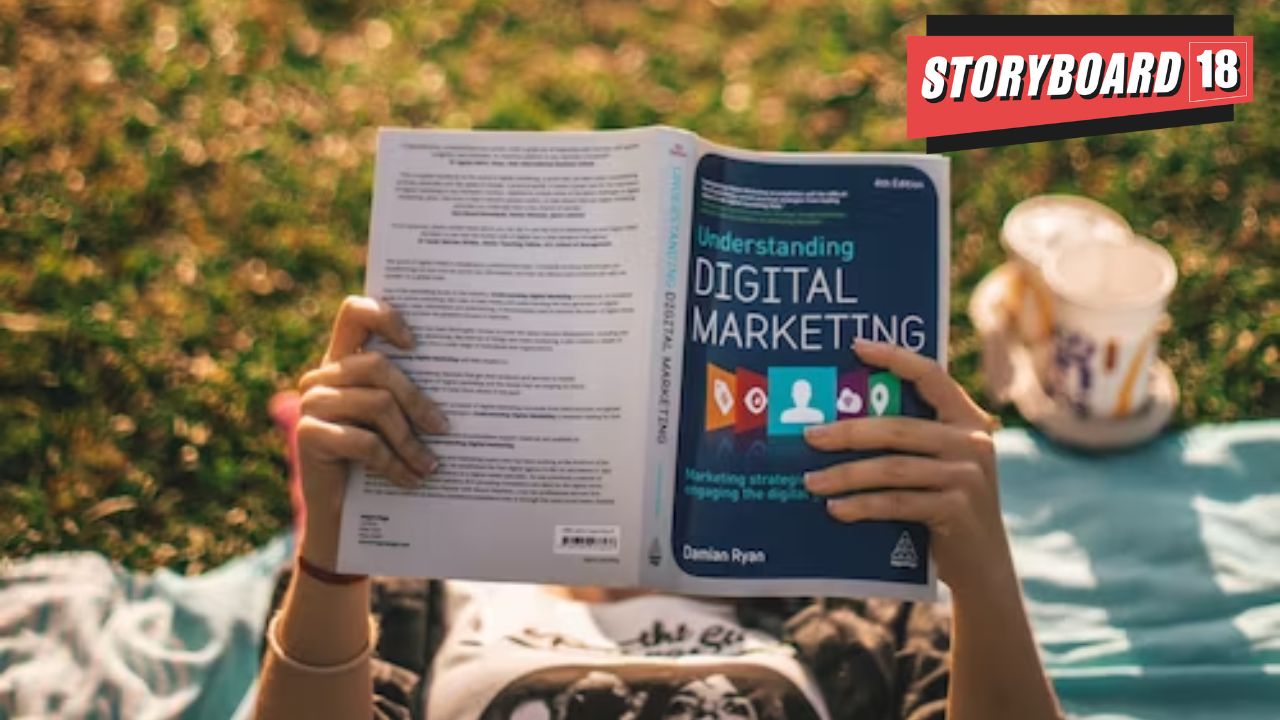“Half the money I spend on advertising is wasted; the trouble is I don’t know which half.” – John Wanamaker
John is obviously not a marketer in today’s digital age. He would have definitely put it higher!
A recent conversation with media veteran and Aqilliz chief executive officer, Gowthaman Ragothaman (or G-Man as he is fondly known in the industry), sparked off by his thoughtful essay, brought sharply into focus how the digital advertising system in India needs a massive revamp.
In essence, his argument is that the current digital advertising stack is fragmented and siloed; collaboration is key and we must learn from banking and finance industries on how they could collaborate and make a meaningful difference to their consumers. The 50,000 crores digital advertising industry needs a common measurement and that is possible only when the industry decides to collaborate on shared codes.
To understand the point on rethinking digital marketing from a young turk’s perspective, I spoke in detail with Rohit Haldankar, who besides his corporate avatar, interestingly runs the purpose-driven education initiative CDME (Centre for Digital Marketing Excellence) and is an accomplished digital marketing professional who has trained 1000+ mid-level and senior industry professionals. Rohit is extremely wary of the prevailing malpractices of the digital marketing ecosystem and has often taken to his social media accounts to call out instances of fraudulent behaviour in this realm.
In our conversation, he wanted to focus on three aspects of this phenomenon and had some advice to offer to marketers. The first is ‘Media Buying Fraud’. His first watch-out to clients – If you execute a digital campaign that involves media buying, high chances your agency will provide you the campaign report in an excel sheet. Tell your agency to give you dashboard access. In practice, some agencies will not give you dashboard access but will be keen to mail you screenshots of the dashboard.
Second, Rohit spoke about ‘Organic Social Inflation’. Over the years, in his regular dealings with numerous agencies and brands, he has observed that, for organic social media reporting, numbers pertaining to reach, impressions and engagement rate are often inflated to paint a rosy picture. Again, this is an instance where education is key. His CDME sessions involve marketing managers discussing the significance of reach, impressions, engagement rate and associated metrics along with ways to access this data directly from the brand’s social media analytics.
The third aspect, which is the most top-of-mind for many stakeholders is ‘Influencer Marketing Deceit’, or the question whether the content creator does actually have any “real” influence? It is now well established that follower-count is not equivalent to reach, and reach is not always an indicator of influence. He strongly believes that influence flowing from relevance, transparency and trust is key. He suggests the use of influencer marketing tools to counter the menace of inflated follower metrics. These tools enable you to do a quality check of the content creator’s profile. However, one should use these tools as a guiding light and not as the ultimate source of truth. Combining this guiding light with a discerning human analysis of the content creator’s profile can help you find the right mix of content creators for your next influencer marketing campaign.
The good news – the future might be easier for marketers when it comes to influencer marketing. Multiple social media platforms are working towards launching a creator marketplace, where brands can discover relevant creators to collaborate with. This is expected to drive more transparency and enable brands to make better data-driven decisions for influencer marketing campaigns.
Also, another encouraging development was a recent media article highlighting a move by The Indian Society of Advertisers (the ISA), an industry body I was associated with, many years ago in my CMO days. The article mentioned that the ISA has taken cognizance of this issue and is rolling out contracts to seek transparency and accountability from agencies, by specifically asking for data rights ownership and the ability to conduct audits on digital and programmatic advertising. A move in the right direction and one hopefully that will bring in radical transparency into India’s digital marketing ecosystem.
The author is one of India’s leading business leaders and a well-regarded marketer across diverse industries. All views expressed are personal.
